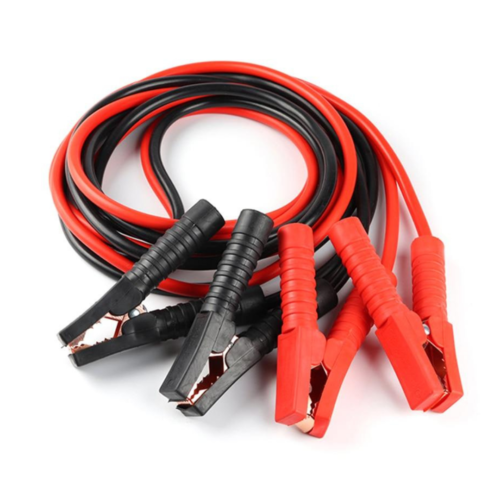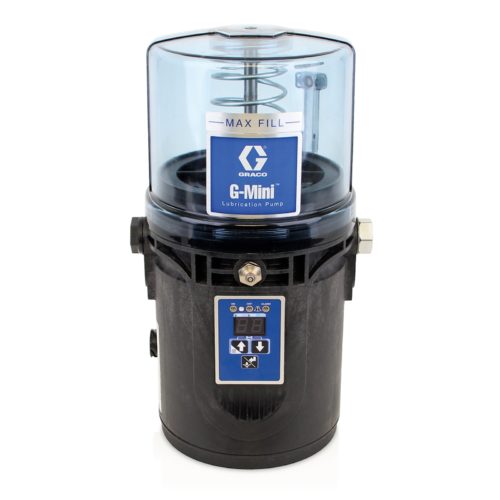Automatic Lubrication System Installations, Lubrication
Maximising Equipment Performance and Lifespan: The Benefits of Automatic Lubrication Systems
To get the most benefit out of plant and machinery, your equipment must be performing at maximum efficiency at every opportunity. This is where automatic lubrication systems can help.
Automatic Lubrication Systems (ALS) can keep modern machines running at their maximum efficiency and keep doing so for longer. Here, we look at how ALS achieve this and discuss why you should protect your machinery with Automatic Lubrication Systems.
1. Save on Repair Costs
Improperly lubricated machinery will quickly throw in the towel, and the result is usually a hefty repair bill. An ALS is designed to make sure that your machinery is fed the exact amount of lubricant it needs to keep performing optimally and importantly – without breaking down.
Automatic Lubrication systems reduce wear and tear by regularly releasing precisely measured quantities of lubricant.
2. Extended Lifespan of Equipment
Similarly, ensuring equipment is properly lubricated will extend its lifespan. Proper and consistent lubrication helps to reduce friction between moving parts and prevents them from wearing out quickly.
An ALS will deliver precise amounts of lubricant to each point of application. This ensures that all critical components receive the necessary amount of lubrication at the right time. This leads to less stress and strain on the equipment and, ultimately a longer lifespan for the equipment components.
In addition to the advantages of automatic lubrication systems, there are other maintenance procedures that can further enhance the performance and lifespan of your machinery. One such procedure is DPF cleaning, which is particularly important for diesel engines. Discover how our DPF cleaning and regeneration services can contribute to the optimal operation of your machinery.
3. Reduce Lubricant Waste
Lubricant waste is not only costly but can do serious environmental damage. Both these factors can result in additional and unnecessary expenses.
Automatic lubrication systems deliver the exact amount of lubricant needed. This eliminates the need for over-lubrication and reduces the amount of wasted lubricant.
Additionally, some automatic lubrication systems are equipped with sensors and monitoring systems that can detect any leaks or malfunctions, allowing for quick repairs and further reducing the risk of lubricant waste.
4. Automatic Lubrication Systems Eliminate Downtime
Automatic lubrication systems can significantly reduce equipment downtime by ensuring consistent and precise lubrication delivery. Unlike manual lubrication methods, where there is a greater risk of human error or oversight. These errors and oversights can lead to insufficient lubrication, over-lubrication, or missed lubrication points.
Automatic lubrication systems eliminate these risks by delivering precise amounts of lubricant to each lubrication point at the right time. This reduces the need for manual inspection and lubrication, freeing up time for other maintenance tasks and allowing for more efficient use of resources.
By reducing the risk of equipment breakdowns and unplanned maintenance, an ALS can help improve equipment reliability and productivity and ultimately reduce downtime.
5. Enhanced Safety
Lubricating a machine properly can be hazardous. Manual lubrication can expose workers to hot surfaces, moving machinery, and hazardous chemicals, increasing the risk of accidents and injuries.
By automating the lubrication process, workers are no longer required to climb onto or reach into equipment to perform lubrication tasks, reducing the risk of injury. Additionally, automatic lubrication systems can improve equipment performance and reliability, reducing the likelihood of equipment failure, which could result in accidents or injuries.
Overall, automatic lubrication systems can help create a safer work environment for employees by minimizing the need for manual lubrication and improving equipment reliability.
6. Reduced Labour Costs
Automatic lubrication systems can help reduce labour costs by automating the lubrication process. This eliminates the need for manual lubrication by maintenance personnel. This frees them up to concentrate on critical maintenance issues.
Additionally, the other labour costs associated with reduced downtime and fewer repairs also help to reduce labour costs.
7. Improved Lubrication
Finally, let’s not forget that the overall job of an ALS is to improve the lubrication delivery to valuable equipment and machinery. Automatic Lubrication Systems deliver the correct amount of lubricant to each point of application at exactly the right time.
With manual lubrication, there is a higher risk of under-lubrication or over-lubrication, leading to improper lubrication. The risks of this have already been discussed, but they are worth reiterating:
- Poor lubrication leads to more downtime, repairs, and expenses
- Manual lubrication can be wasteful and dangerous
- Well-lubricated machines run more efficiently
- Automatic lubrication systems extend the lifespan of machinery
ALS systems are essential for accurately and timeously delivered lubricants that protect your machinery.
HLS: Keeping the Gears of Industry Turning
At HLS, we have decades of experience in supplying, installing and servicing automatic lubrication systems. We understand how valuable machinery is and how costly downtime can be.
Call us today to find out more about how we can help you by taking the guesswork out of machine lubrication.















